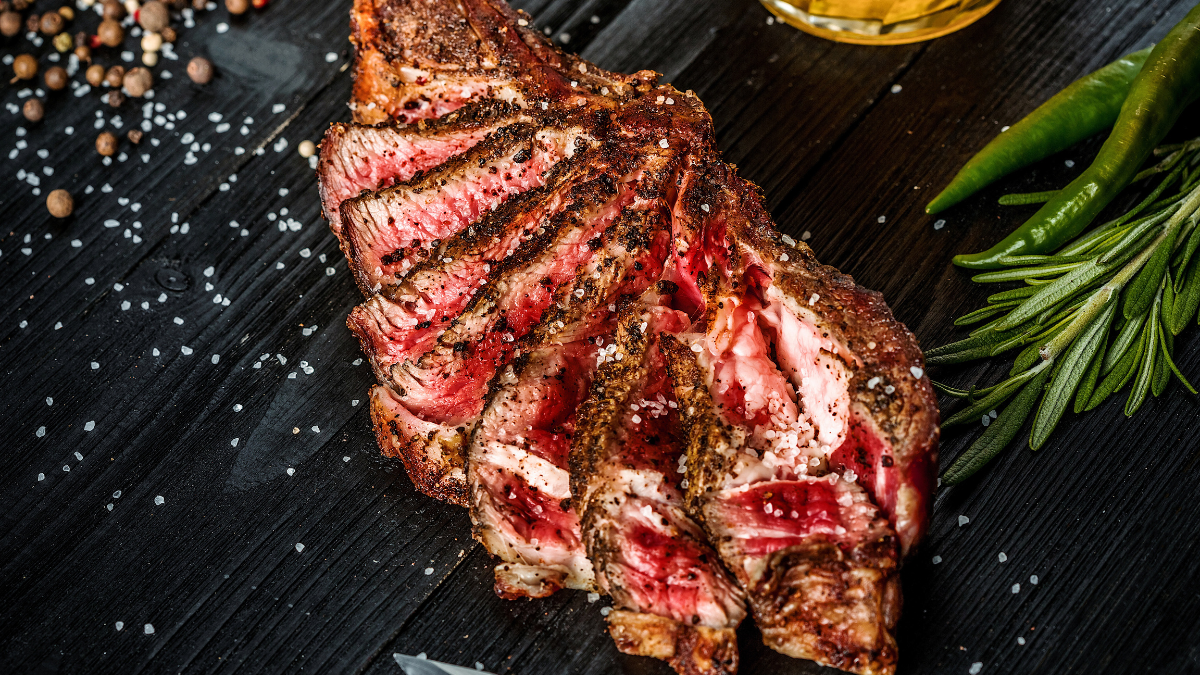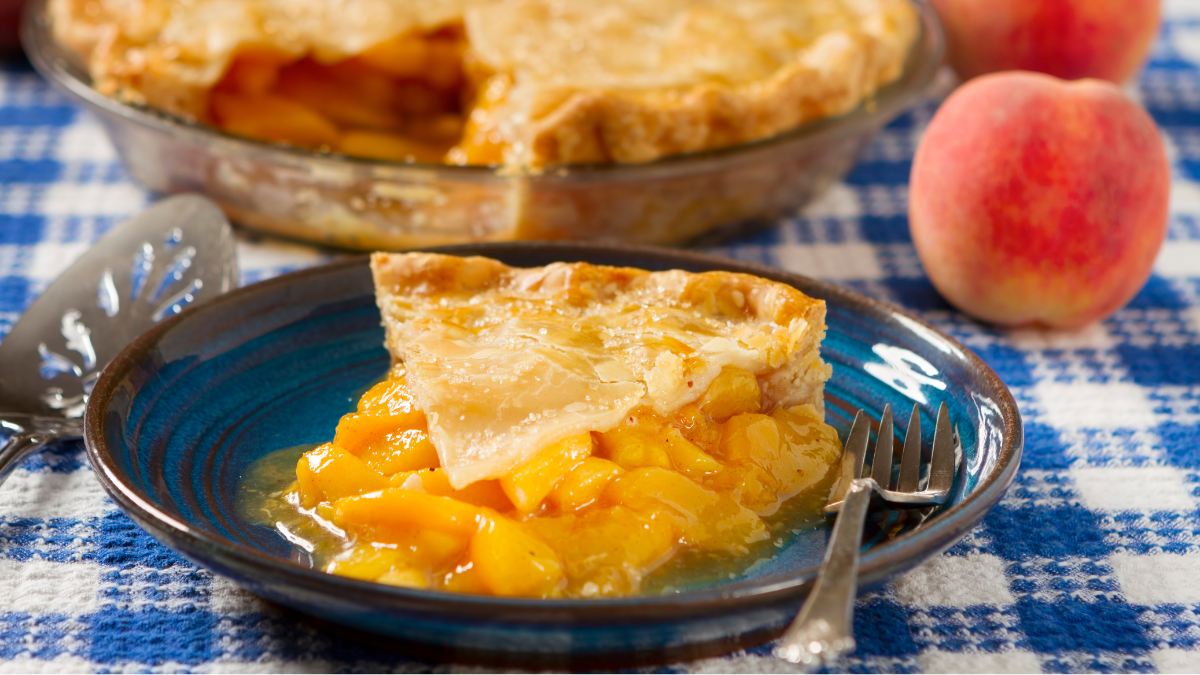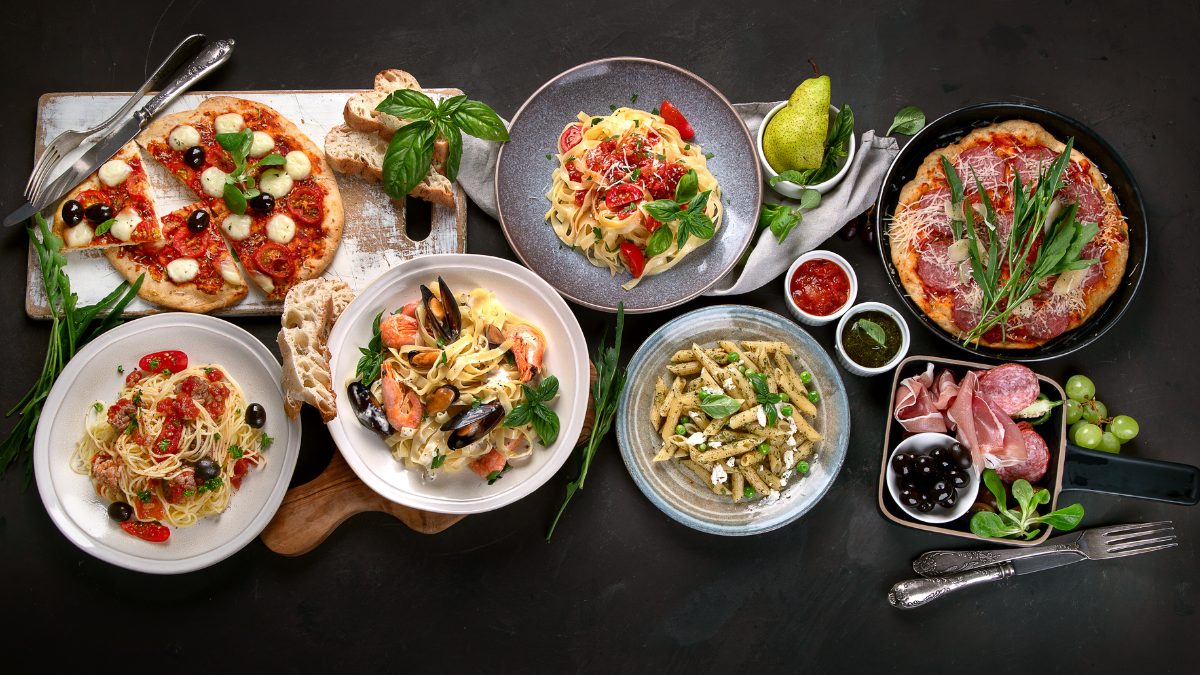There’s no better way to celebrate the special women in your life than by creating…

Everything You Need to Know About Cooking Beef
Beef is one of the most beloved meats, cherished in home kitchens and restaurants alike. The world of beef offers a diverse array of cuts and cooking methods to explore. If you’re seeking to impress guests or treat yourself to a delectable home-cooked meal, choosing the right beef cut is key. While some may find cooking steak intimidating, fear not – we’ve put together a comprehensive guide to help you master the art of cooking beef.
Short Ribs vs. Back Ribs: Unraveling the Differences
Ribs are a popular choice for dinner gatherings and special occasions. They are celebrated for their tender and juicy textures. But, did you know that there are distinct differences between short ribs and back ribs? Back ribs, the more common variety, are typically seen on menus in traditional restaurants. In contrast, short ribs are a delicacy known for their superior marbling and are featured in high-end dining establishments.
When preparing these delectable cuts at home, remember that short ribs benefit from slow cooking methods like braising or smoking, while back ribs are perfectly suited for grilling on a barbecue. When selecting your meat, consider which type of rib best suits your culinary vision.
Tough vs. Tender Cuts: Choosing the Right Cut
Choosing the right cut is crucial for your meal’s success. Different beef cuts vary in fat content and price, and each one requires specific cooking techniques. In simple terms, tough cuts need to be cooked slowly over extended periods. Popular cooking methods include marinating, tenderizing, and roasting. In contrast, tender cuts are quick to prepare, usually requiring high-heat searing until you reach the desired temperature or doneness.
Thawing Beef: Essential Tips
Once you’ve removed beef from the freezer, avoid refreezing it to maintain its quality. Consider portioning your meat into smaller pieces before storing, allowing you to use only what you need. While meat can remain in the freezer for 3-6 months, fresher is better. When it’s time to cook, follow these steps to ensure optimal quality:
Thaw your meat in the refrigerator well in advance of cooking, taking at least 4 hours for every 500g of meat. Overnight thawing is a safe bet.
The Perfect Doneness: Achieving The Ideal Temperature
Understanding the various levels of doneness is essential for a satisfying beef experience. From rare to well-done, it’s crucial to cook your beef to at least 140℉ to ensure safety. Rare steaks and other beef cuts are typically cooked at this temperature, while well-done beef should reach around 167℉. Medium meat falls around 152℉.
Allow your meat to reach room temperature before cooking, avoiding the transition from cold fridge to hot heat. This practice preserves the juicy flavors and results in flavorful meat. Taking the meat out of the fridge about an hour before cooking is a wise guideline. With these temperature benchmarks, you can craft beef dishes rivaling your favorite steakhouse’s offerings.
Beef Continues to Cook: Resting for Perfection
Even after removing your steak or other beef cuts from the heat source, they continue to cook internally. To prevent overcooking and dryness, remove your beef from the heat slightly earlier than your preferred doneness. A good rule of thumb is to allow it to rest when it’s about 10 degrees cooler than your desired temperature. After a brief resting period of 5-10 minutes, you’ll savor the perfect, juicy steak.
Carnivores rejoice
With these straightforward tips and tricks, you can create a mouthwatering beef meal that’s sure to impress. If you’re in Chicago and prefer to enjoy your beef already expertly cooked, the Albert awaits you. Located in the heart of downtown Chicago, the Albert is an Italian-inspired restaurant serving innovative dishes that tantalize the senses.
Hungry for a unique dining experience at the Albert? Reserve your table today.


